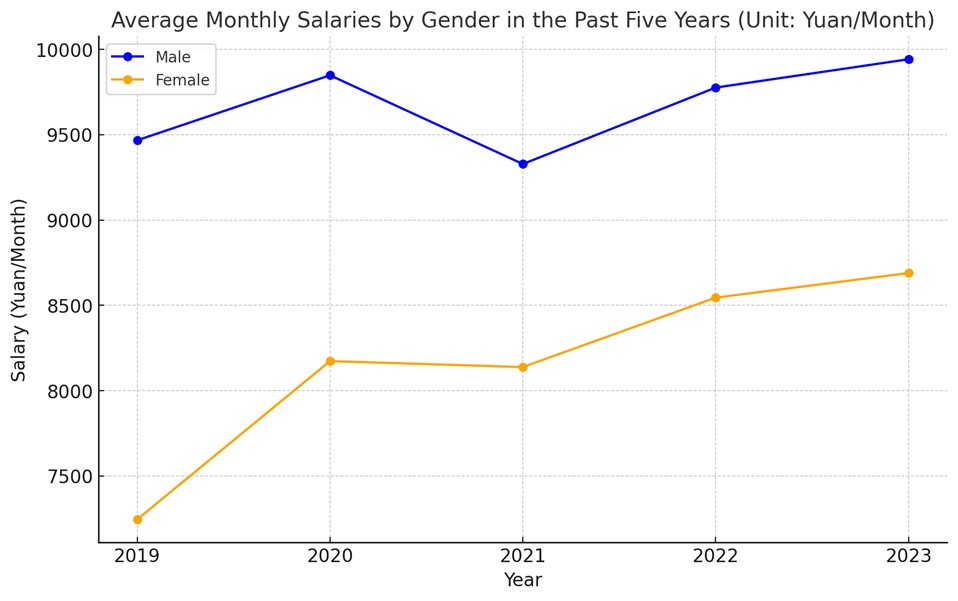The Public and Private Dimensions of Chinese Women's Bodies—From Reproductive Policies to Bodily
Abstract
This study examines the impact of China’s evolving reproductive policies and the recently implemented "cooling-off period" for divorce, underscoring how these shifts implicitly discipline women’s reproductive and marital autonomy. Despite the transition from the "One-Child Policy" to the "Three-Child Policy" appearing to offer increased reproductive choice, women’s decisions are still heavily influenced by family expectations, including pressure to bear male children, the demands of multiple births, and constraints on birthing choices. Such interventions not only intensify psychological pressures but also contribute to social issues like postpartum depression, suicide, and marital instability. By analyzing policies and relevant data, this paper reveals the combined influence of state and family on women’s reproductive behaviors and explores approaches to balance competing interests among the state, family, and individuals. Key recommendations include strengthening legal protections, expanding social support systems, and promoting cultural change to respect women’s autonomy over their reproductive choices. The broader implications of these policy adjustments emphasize the critical role of reproductive autonomy in achieving gender equality and sustaining social development. This issue transcends national borders, positioning it within the broader global movement for gender autonomy.
References
Wang, C., Gu, L., & Yu, Y. (2024). The impact of the “Three-Child” policy on the scale of education: A prediction of the year 2035. The Frontier of Education Reform and Development in China, 175-195. https://doi.org/10.1007/978-981-97-0277-0_9
Zhang, B. (2024). The dilemma and countermeasures of the implementation of the three-child policy in Harbin: Based on the analysis of Smith’s policy implementation process model. Advances in Social Science, Education and Humanities Research, 261-266. https://doi.org/10.2991/978-2-38476-259-0_31
Chen, S. (2024). Fertility rate, fertility policy, and climate policy: A case study in China. Structural Change and Economic Dynamics, 69, 339-348. https://doi.org/10.1016/j.strueco.2024.01.004
Gao, Q., Zhao, M., & Chen, H. (2024). Effects of the three-child policy on the employment bias against professional women: Evidence from 260 enterprises in Jiangxi province. Humanities and Social Sciences Communications, 11(1). https://doi.org/10.1057/s41599-024-03063-9
Yu, Y., Chan, T. F., & Huang, Q. (2024). Formulating the discourse of pro-work conservatism: A critical discourse analysis of Weibo posts in response to the implementation of the three-child policy. Feminist Media Studies, 24(3), 497-513. https://doi.org/10.1080/14680777.2023.2200589
Zhang, S., Diao, C., Hu, D., et al. (2024). More happiness or more payment: Psychological and influencing factors of “Two-Child” women of childbearing age in the context of “Three-Child.” Economic Society and Humanities, 1(4). https://doi.org/10.62381/E244417
Zhang, B. (2024). The dilemma and countermeasures of the implementation of the three-child policy in Harbin: Based on the analysis of Smith’s policy implementation process model. Advances in Social Science, Education and Humanities Research, 851. https://doi.org/10.2991/978-2-38476-259-0_31


This work is licensed under a Creative Commons Attribution 4.0 International License.
Copyright for this article is retained by the author(s), with first publication rights granted to the journal.
This is an open-access article distributed under the terms and conditions of the Creative Commons Attribution license (http://creativecommons.org/licenses/by/4.0/).









1.png)














